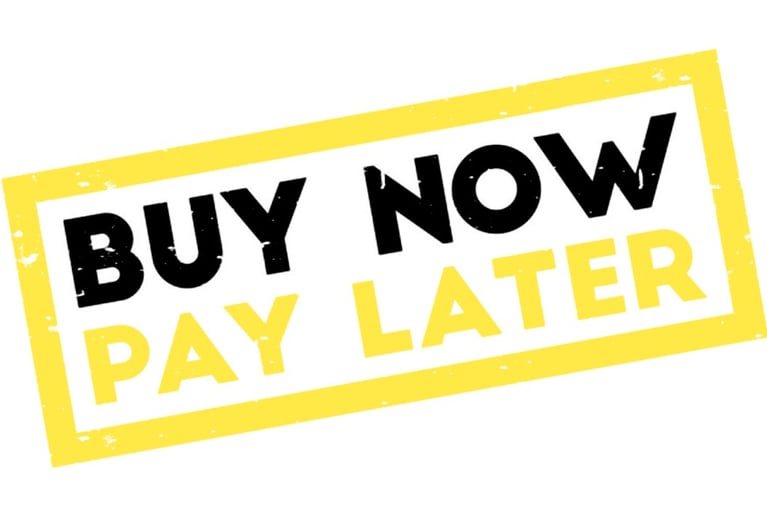How Fast is Too Fast When it Comes to Payments?
Jun 22, 2016 / By Vanessa Horwell
Real-time streaming, instant access, always-on availability... with all things digital in 2016, technology companies and consumers alike tend to believe fast is good, faster is better, and immediate is best. But quickness has its drawbacks – especially when it comes to payments. Is time to slow things down?
That question was recently raised in an engaging op-ed: Ian Rubin, director and practice lead of retail banking and consumer payments at ACI Worldwide (and a member of the Federal Reserve's Faster Payments Task Force), took to American Banker to ask if "as fast as possible" is always the right answer in the payments space – and he raised some intriguing ideas along the way.
Rubin's argument surmises that speed is a friend of risk – not in the macro sense, but the micro: Human beings, flawed as we are, make impulse decisions with our finances. Time, even milliseconds, can act as a barrier to bad or reckless decision-making. (Retrieving cash is an example: "The time needed to find an ATM and perform the steps required to withdraw money can provide a few minutes to reconsider 'next steps,'" Rubin writes.)
Essentially, Rubin is doing what many tech companies, investors, and even consumers – all of whom are excited about technology's ability to boost payments efficiency, lower associated costs, and drive greater, easier transaction activity – are not doing: Considering the impact of payments speed on society, not just on business.
Faster is better, but better for whom? From Rubin's perspective, allowing consumers even just one extra moment for reflection (and reconsideration) of their purchases is a form of consumer protection. In our real-time-driven technology environment, the idea of advocating for making any tech-enabled activity slower seems outdated; but historically, there have been much bigger time cushions involved in transacting at the point-of-sale terminal or online.
As card retrieval and paper-and-pen signatures are increasingly replaced with fingerprint swipes and mobile phone scans, there could be consequences. The Federal Reserve Board's 'Effectiveness Criteria' document (developed by the Faster Payments Task Force) now defines a "very effective" payment approval as taking no more than two seconds. In a speed-at-all-costs landscape, it is important for stakeholders across the payments space to consider the greater societal impact – especially since, as Rubin points out, immediate payments are designed to also be irrevocable, according to Fed task force plans.
"Will instant payments exacerbate existing societal problems? Will they place already vulnerable people in harm's way? And if so, whose problem is this to address: the bank, the regulator, the operator of a scheme? Or perhaps the onus falls squarely on the consumer alone?" Rubin asks.
And there are no answers – not yet, and not any time soon either. But now is perhaps the perfect time to explore whether injecting more latency and "risk consideration," and thus more consumer protections, into the payments ecosystem is a wise move for the technology sector.
After all, recent years have seen the rise of customer-driven payment card spending controls and the introduction of mobile-first personal financial tracking and spend-monitoring tools. Could our payment processing systems and infrastructures act as an extension of a larger fintech-industry focus on responsible financial decision-making and accountability? What kind of consumer (or business) benefits could result from a more data-driven, rules-based payments ecosystem?
As with all big-picture questions, the truth in the digital era is that only time will tell... so maybe in 2016, immediate isn't always best, after all.
Sign up for our insights on the convergence of business and PR






